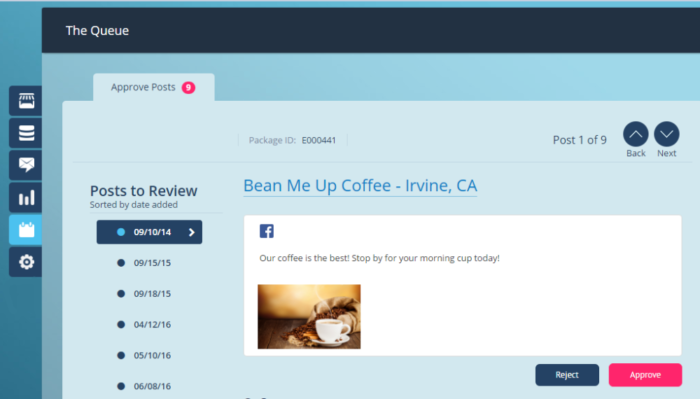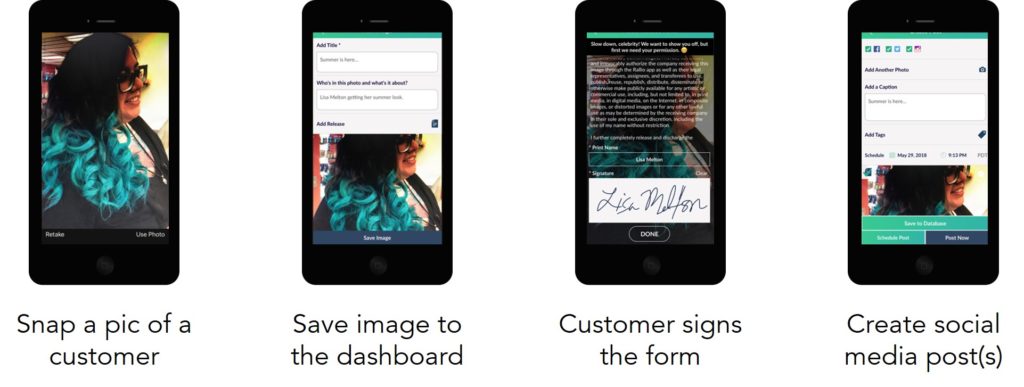Over the past few years, there has been much ado about the evolution of the consumer buying journey. In the past, the buying journey was perceived as a linear process that followed this basic structure:

That traditional model has been turned on its head thanks to the increasing role the internet and digital media play in the buying process. Consumers can now become aware of a need to buy something, research products and services to fill those needs and make purchases at any time on their phones, computers and other connected devices. This has led many marketers to wonder if the consumer buying journey (i.e., marketing funnel) as we know it is dead.
“Forget everything you know about the marketing funnel. Today, people are no longer following a linear path from awareness to consideration to purchase. They are narrowing and broadening their consideration set in unique and unpredictable moments. People turn to their devices to get immediate answers. And every time they do, they are expressing intent and reshaping the traditional marketing funnel along the way.”
The new buying journey(s)
I would argue the journey has changed but the flow is still similar. With consumers having more control of the buying process than ever before, they can now tailor buying journeys to fit their needs. So rather than having one generic consumer buying journey, we now have a bunch of individual buying journeys for each consumer and purchase. Today’s consumers can build their own journey which means they expect to get the specific information they need when they need it.

What does this mean for marketers?
Simply put, it means marketers need to be able to provide the specific information individual consumers need anywhere at any time. So, rather than building strategies around a singular consumer buying journey, marketers need to think about Susie’s process for buying a new smartphone or Johnny’s approach to booking a flight.
This new dynamic presents a significant opportunity (or challenge depending on how you look at it) for brands whose businesses depend on guiding consumers through the journey and turning them into customers.
Guiding consumers through the journey
Paid media like display, search and social ads can be effective at guiding consumers through the journey. But marketers who rely solely on paid media are leaving a lot of opportunities to connect with consumers on the table. Leveraging owned media – content that brands create and control on owned platforms like websites, blogs and social channels – is essential for reaching consumers with the messages they need to convert as well.
Organic content like blog posts, product webpages, social media posts, infographics and video are extremely effective at delivering the information consumers need throughout the buying journey. And, unlike some paid media, organic content is not meant to be overly salesy, reducing the chance that consumers will be put off by the messaging. Instead, organic content is meant to assist, inform and entertain consumers.
Here are just a few ways you can use organic content to help your brand connect with consumers:
- Make consumers aware of a need to make a purchase
- Explain how your products and services address that need
- Answer questions about your products and services to help consumers make purchase decisions
- Provide new customers the information they need to use your products and services
Understanding what consumers need at each stage of their buying journey
While buying journeys vary based on the consumer and the actual purchase, there are still common themes at each stage of the journey – both in terms of the messaging consumers need to move towards a purchase and the goals and objectives for marketers.
To give you an idea of these common themes, let’s take a look at a specific purchase – buying a new car. While each consumer approaches car buying differently, there are some common behaviors that provide marketers with clues of what kind of messages they need to provide. Let’s take a look at each stage of the buying journey to examine:
- The consumers’ situation and what information they need to move towards a purchase
- Your goals and objectives for helping consumers progress through the journey
- Some common buying behaviors of consumers in that stage
Awareness
Situation
Consumers are not aware of their need to buy a car or are just beginning their search and don’t have specific makes and models in mind.
Marketing Goal
Turn unaware consumers into better-informed shoppers that are actively looking to buy specific makes and models.
Content Objectives
- Make the consumer aware of their need for a new car.
- Generate awareness for your brand, as well as specific makes and models.
- Grab consumers’ attention and help them connect with your brand.
Common buying behaviors

Consideration
Situation
Shoppers are actively researching purchases and evaluating options.
Marketing Goal
Turn shoppers into buyers by helping them understand how specific makes and models fit their needs.
Content Objectives
- Make consumers aware of how a vehicle’s features and benefits address their needs.
- Provide seamless paths for consumers to get from a content piece to the next step in the buying journey.
Common buying behaviors

Sources:
- Facebook, “Understanding the Auto-Buying Journey of the Connected Consumer,” December 2018
- Ipsos/Google, “Digital’s Influence on In-Market Auto Consideration,” Aug 2018
Decision
Situation
Buyers have narrowed down their options and are ready to buy.
Marketing Goal
Give buyers the information they need to complete purchases and become customers.
Content Objectives
- Provide information that leads to seamless buying experiences.
- Promote future sales by establishing trust and credibility.
Common buying behaviors

Sources:
- Facebook, “Understanding the Auto-Buying Journey of the Connected Consumer,” December 2018
Loyalty
Situation
Customers are evaluating their new car.
Marketing Goal
Turn one-time buyers into loyal customers that will promote the features and benefits of their car to friends and family.
Content Objectives
- Create content that provides additional detail into interesting features of the vehicle.
- Offer helpful tips on how to use and maintain the vehicle.
Common buying behaviors

Sources:
- Facebook, “Understanding the Auto-Buying Journey of the Connected Consumer,” December 2018
Now that you know a little more about what type of messages consumers need at each stage of the journey, make sure to subscribe to our blog. In our upcoming posts, we’ll explain what types of organic content are most effective at delivering the right messages at each stage of the consumer buying journey.



 The main takeaway for writing headlines is repetition is key. Upworthy’s writers create 25 title options for each blog. That’s probably more options than you’ll need, but coming up with several options for each post is definitely a worthwhile exercise.
The main takeaway for writing headlines is repetition is key. Upworthy’s writers create 25 title options for each blog. That’s probably more options than you’ll need, but coming up with several options for each post is definitely a worthwhile exercise.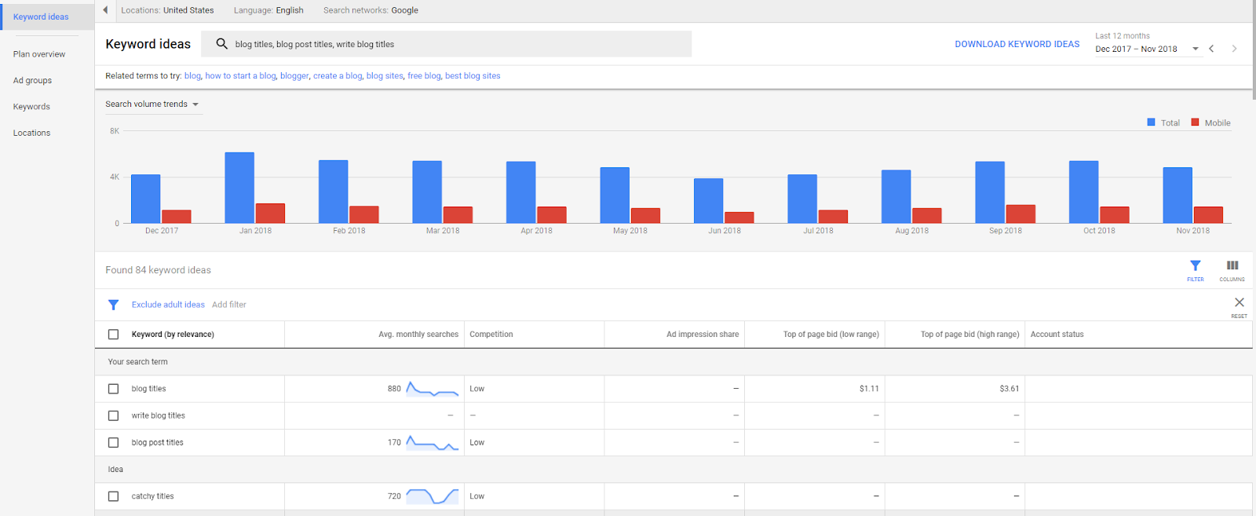
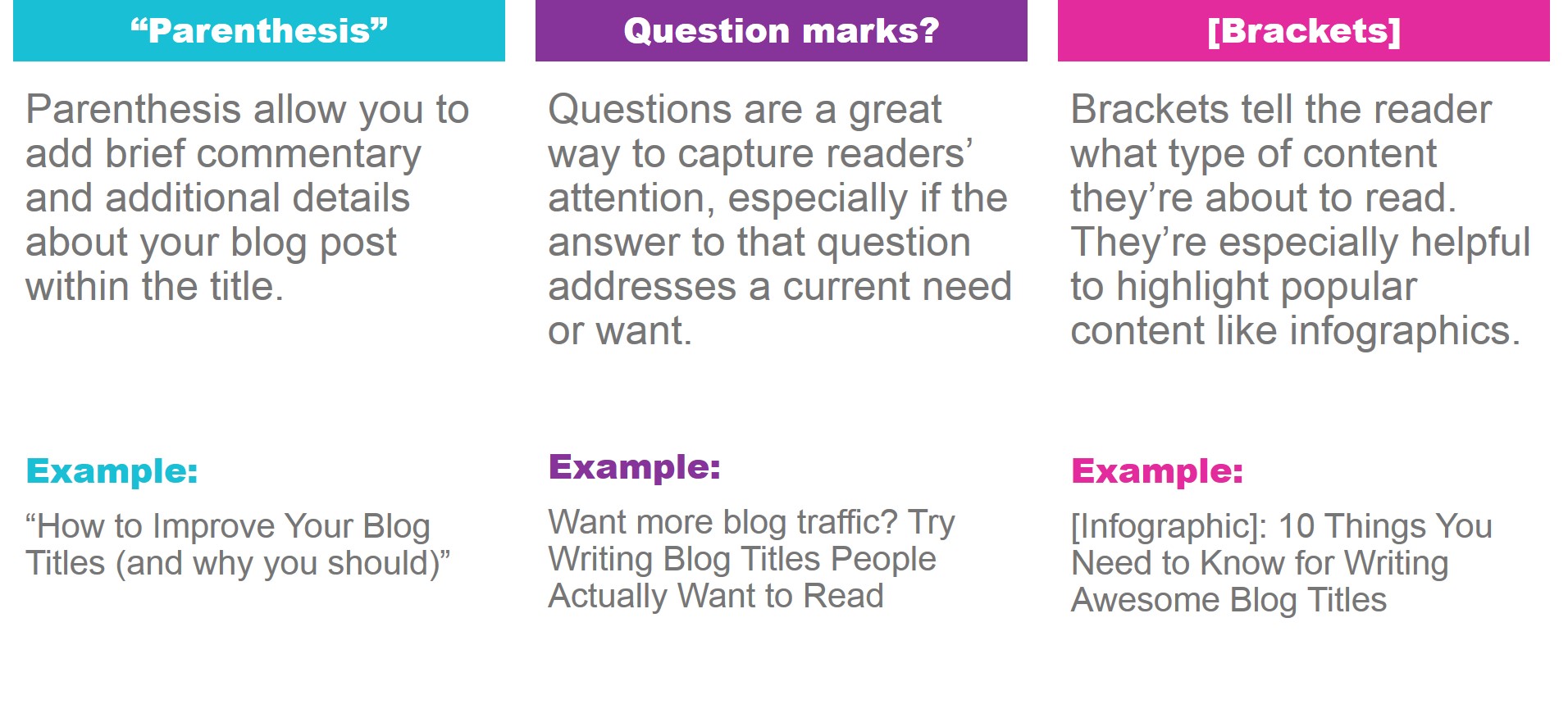
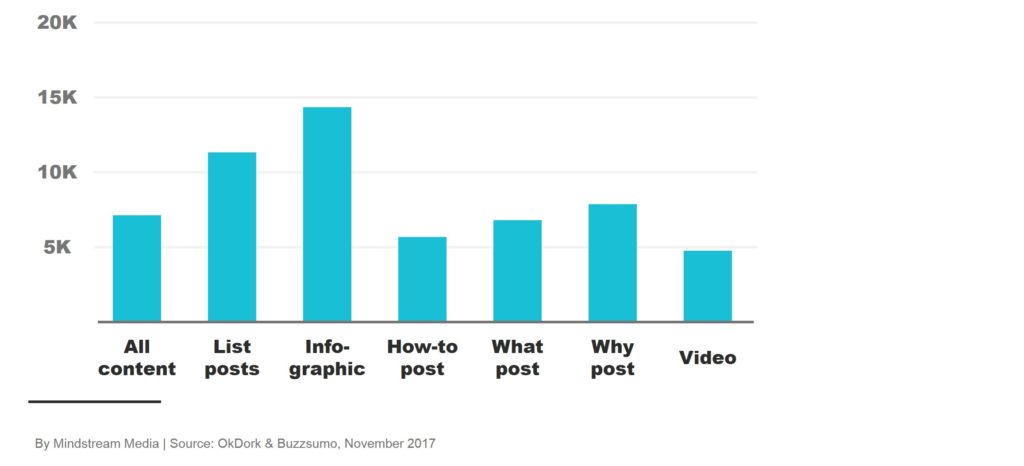

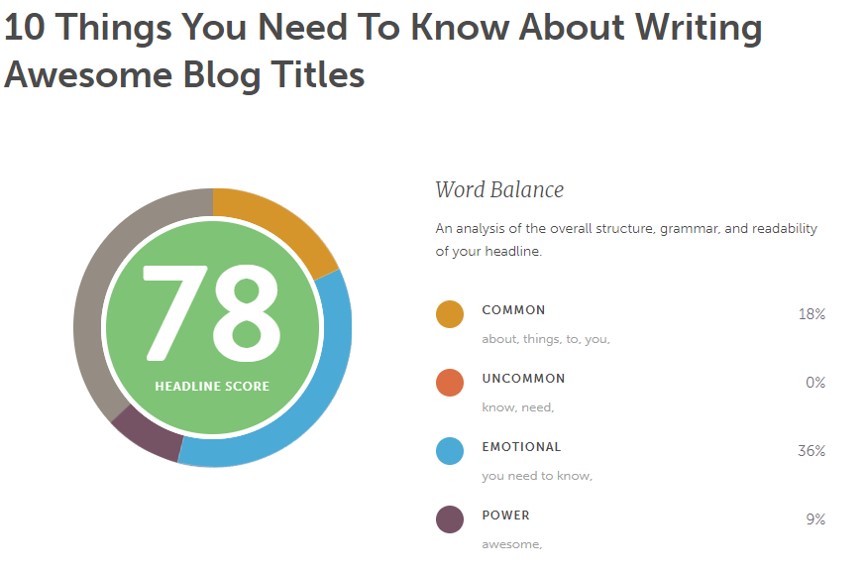


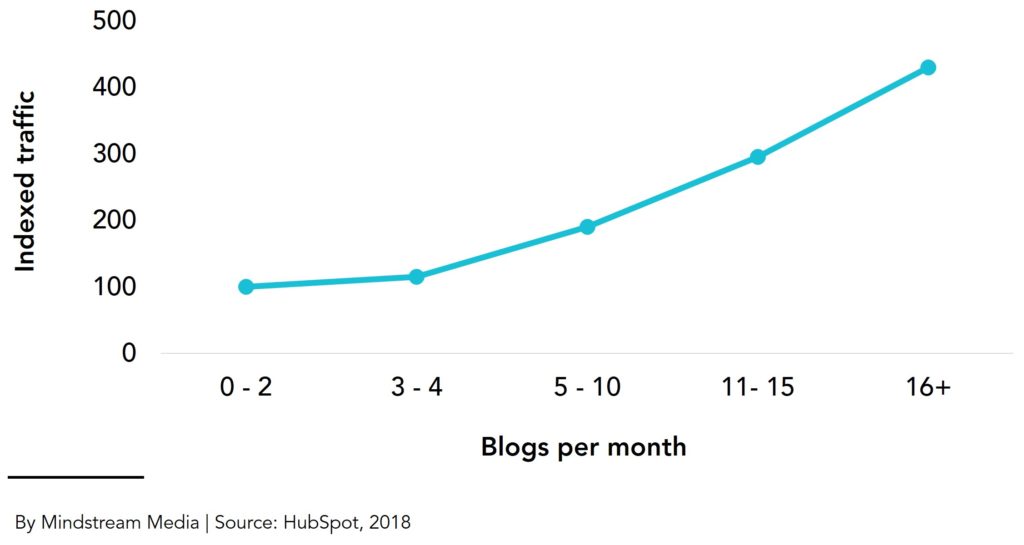
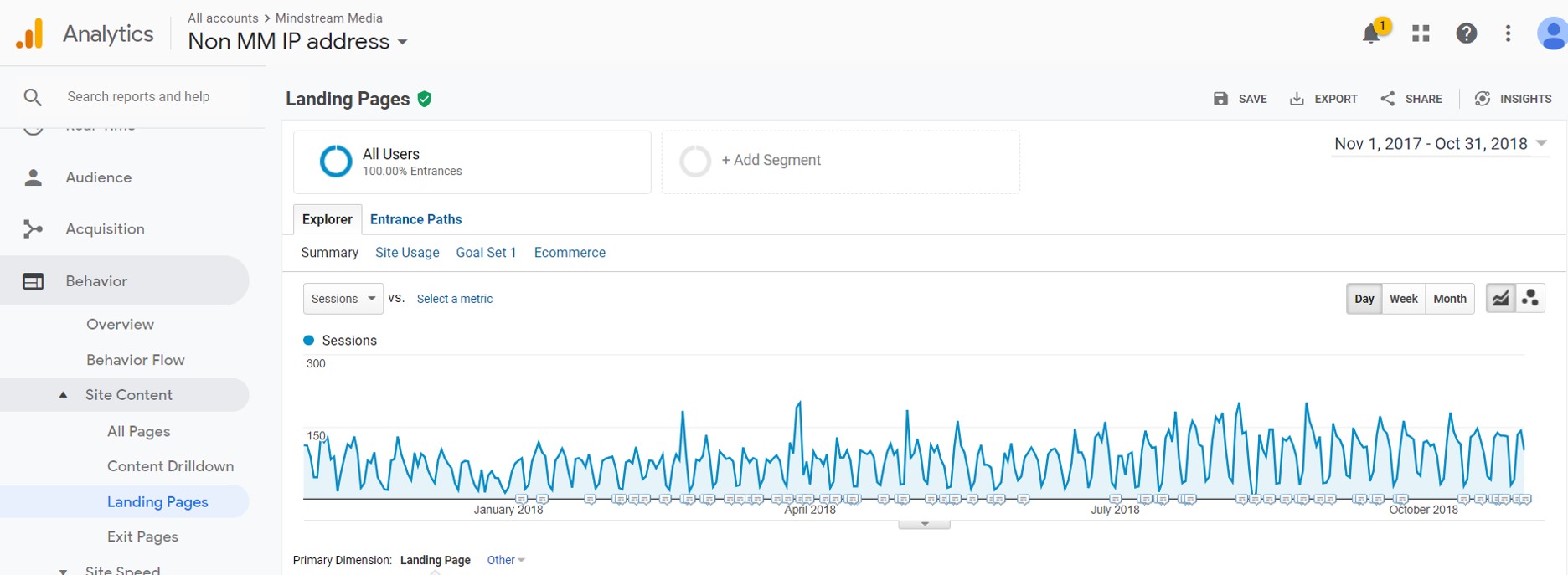








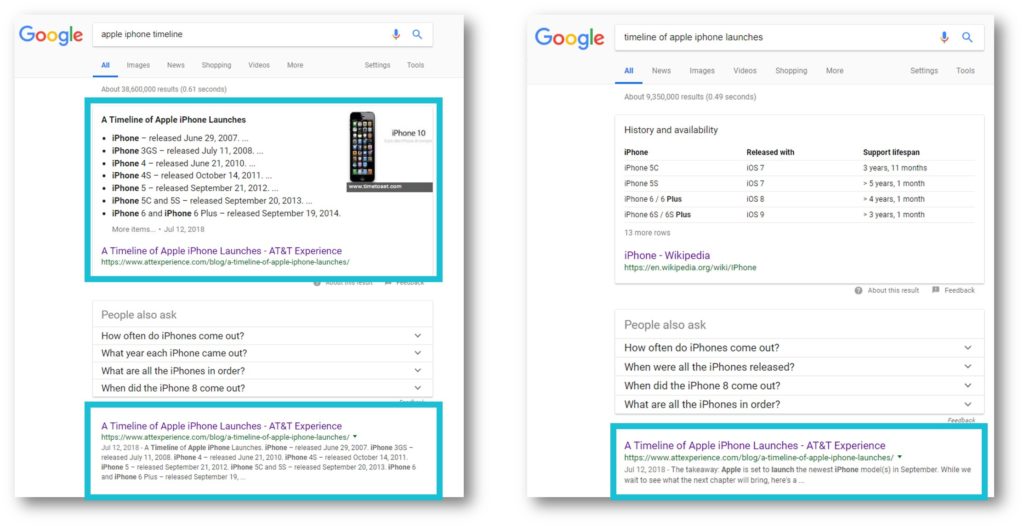


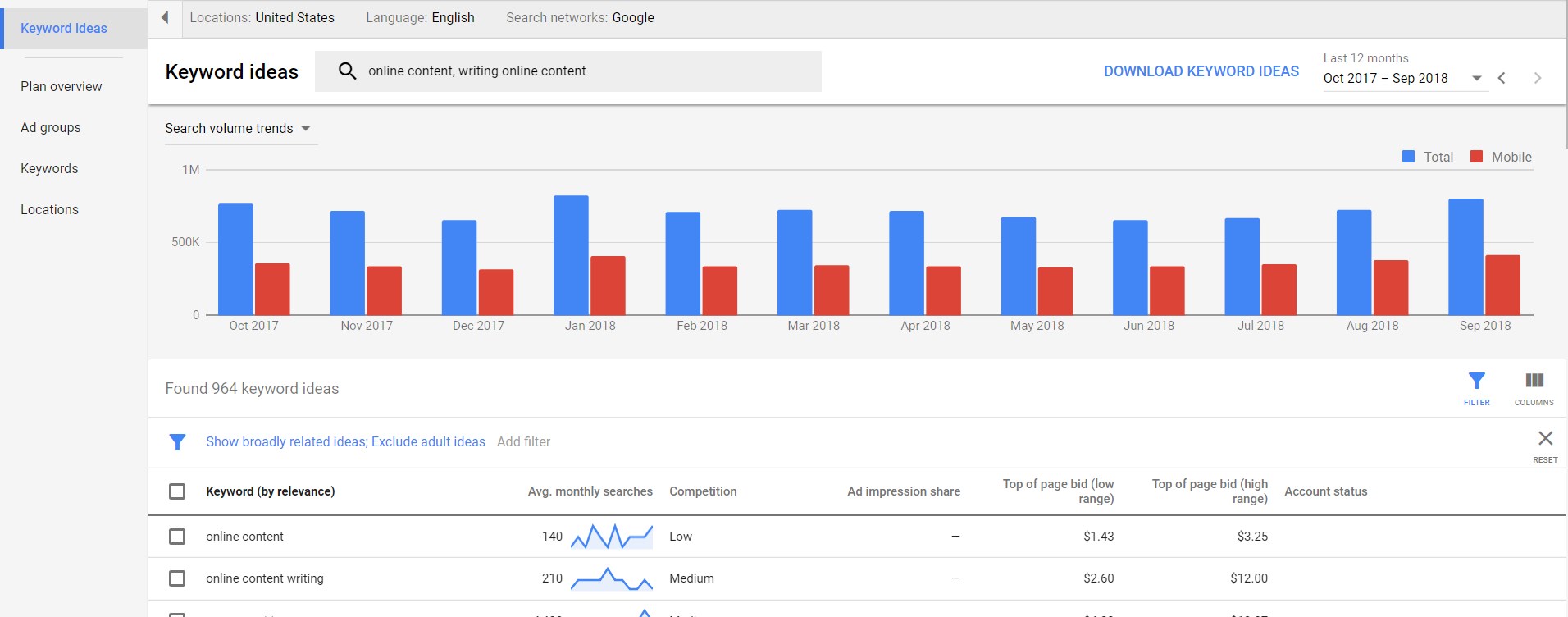
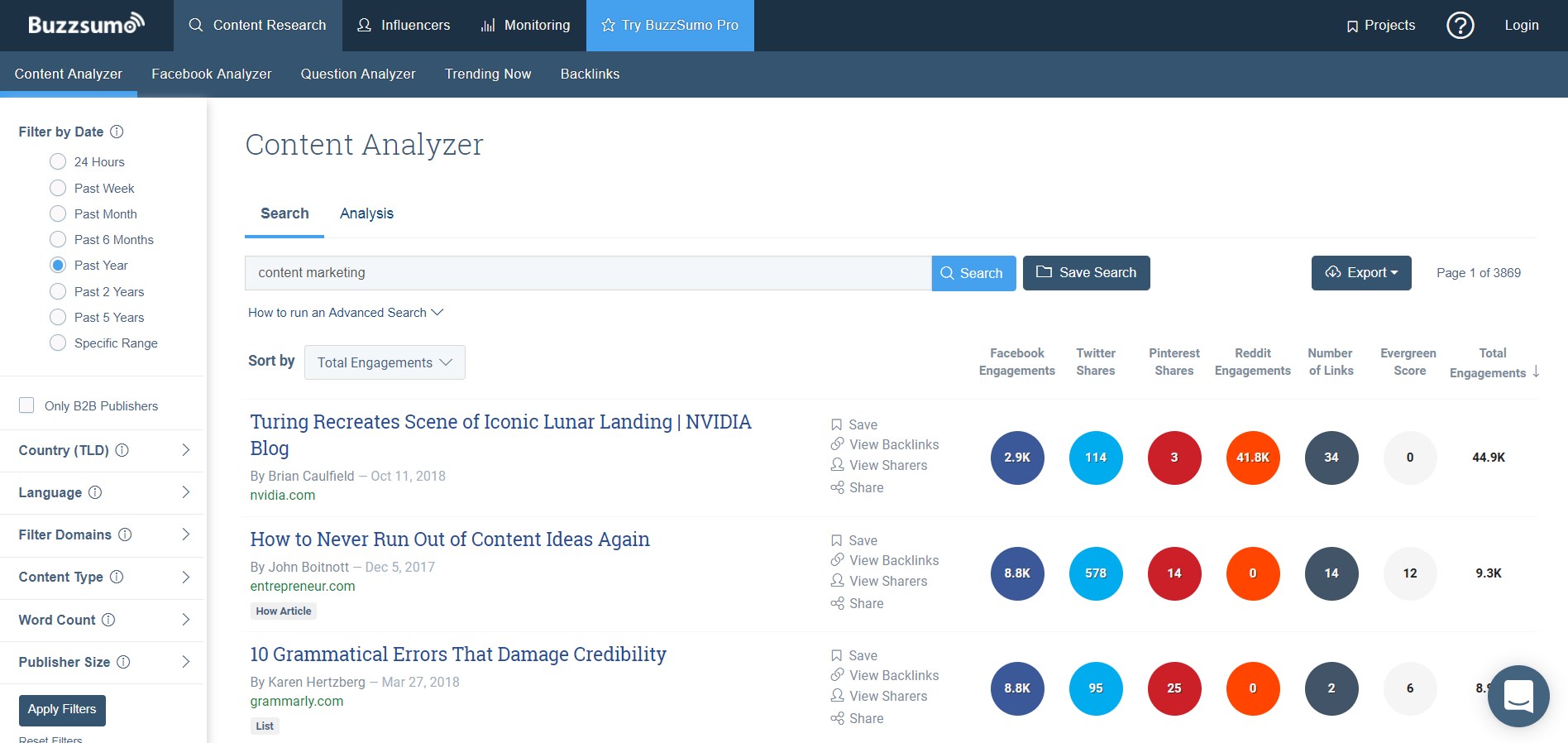
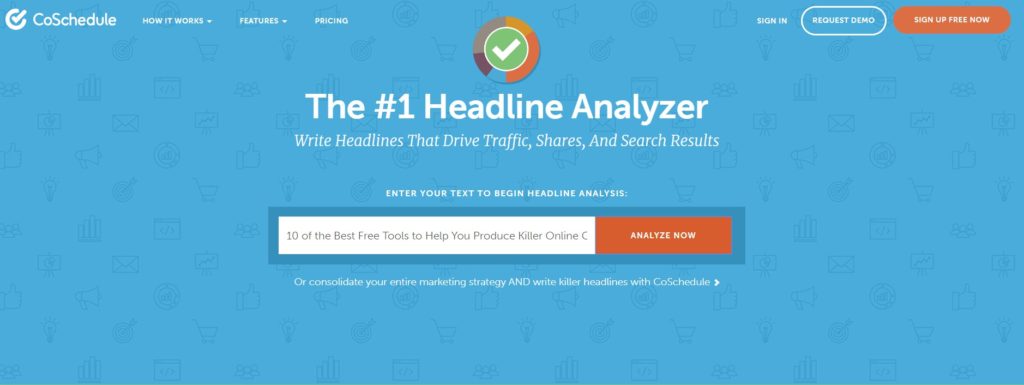
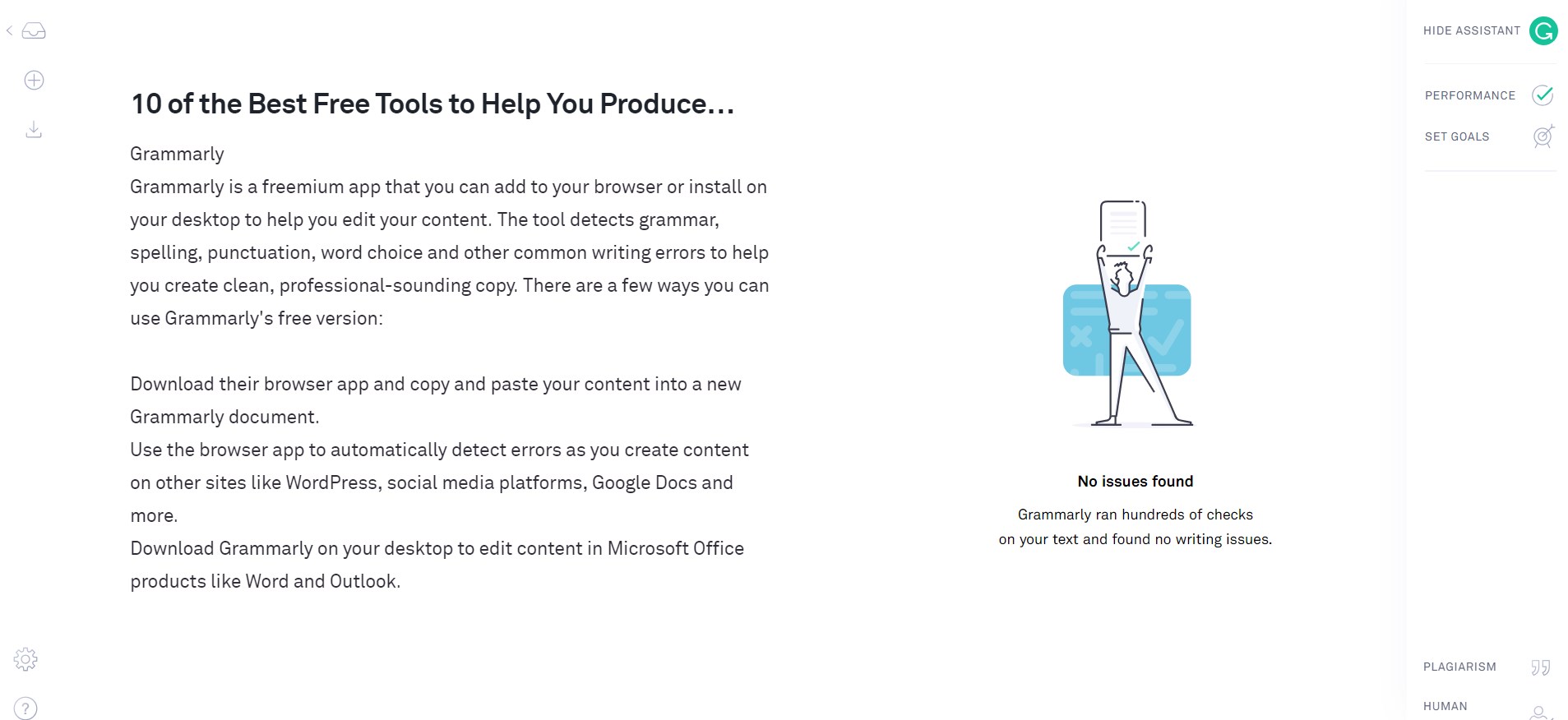
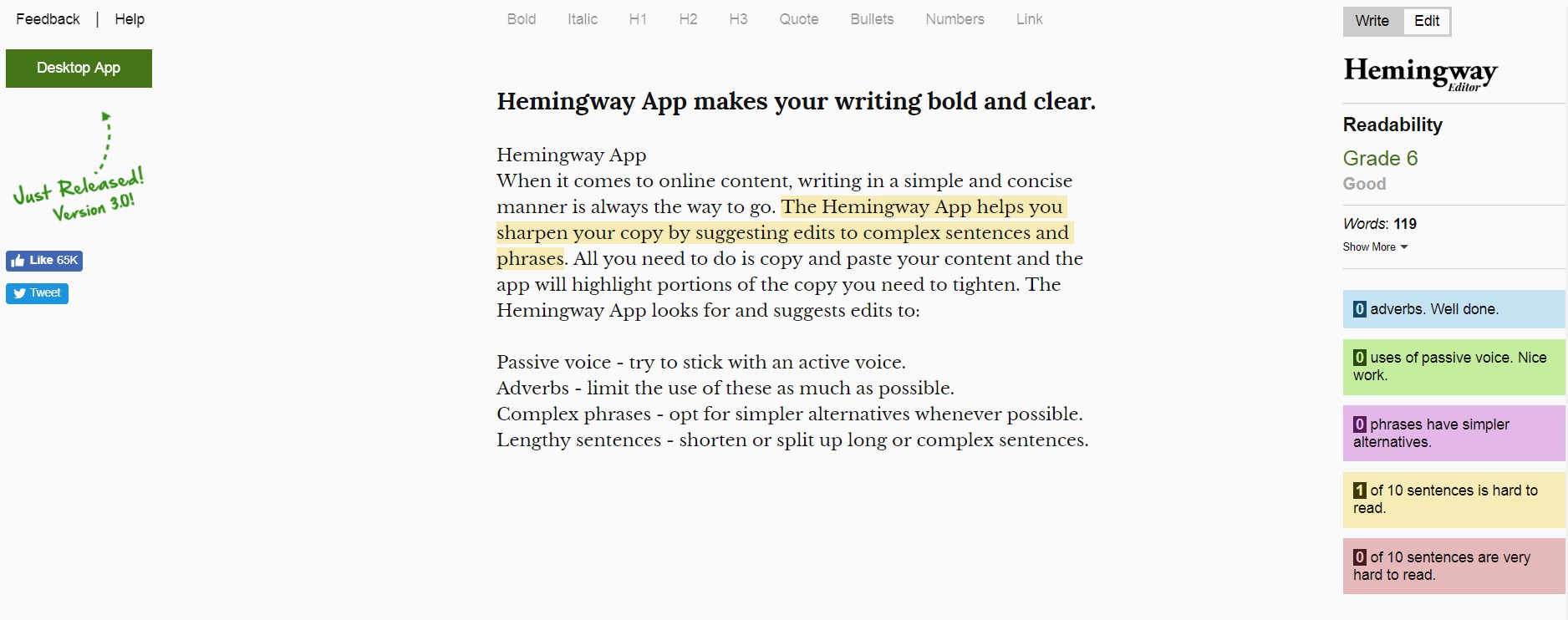
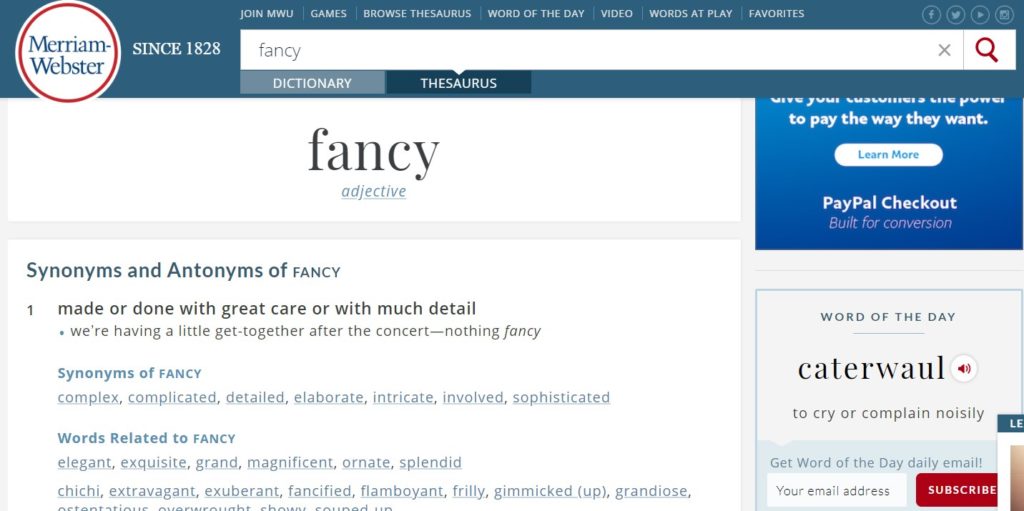

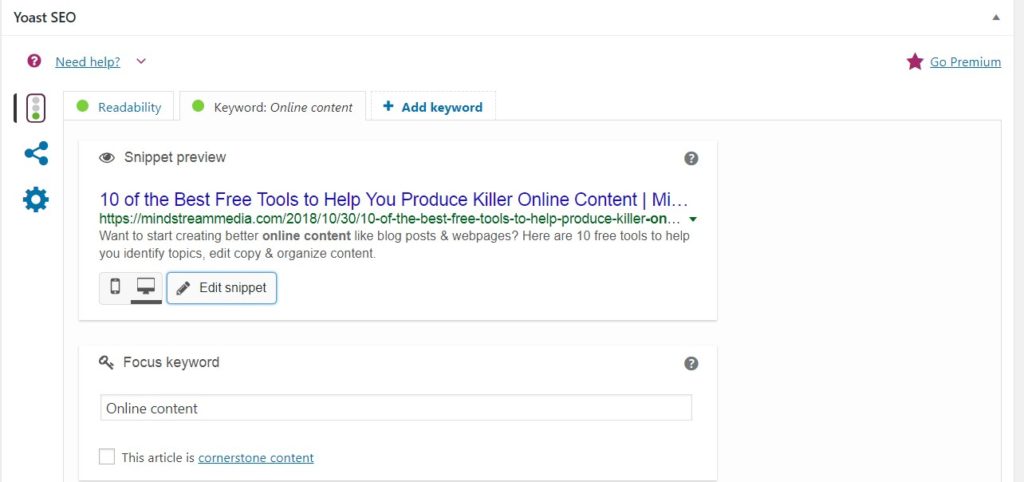
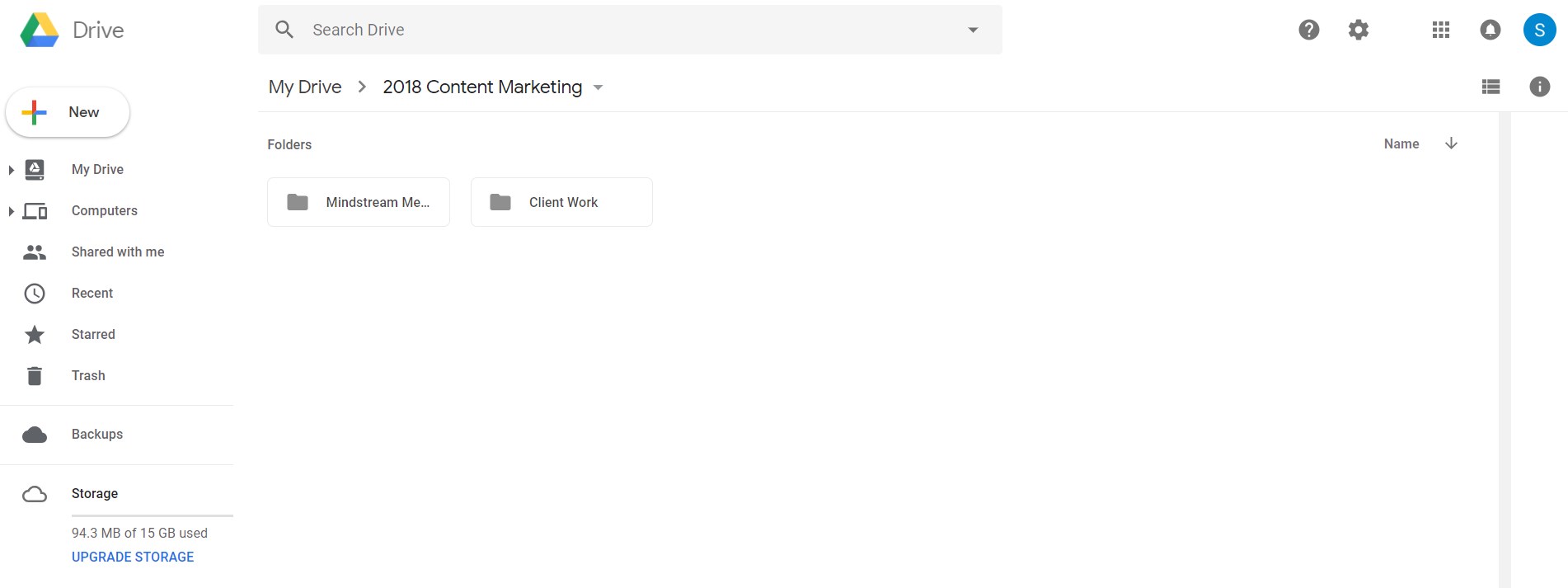
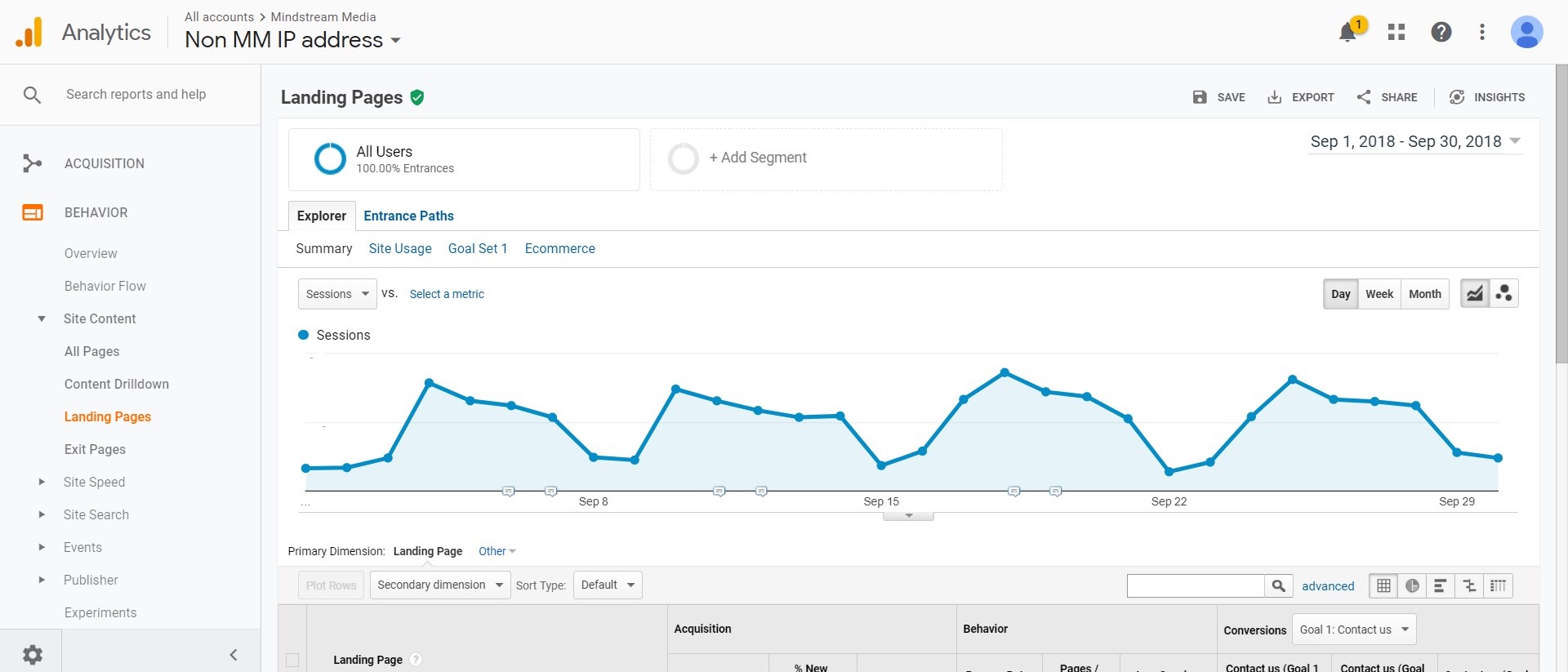

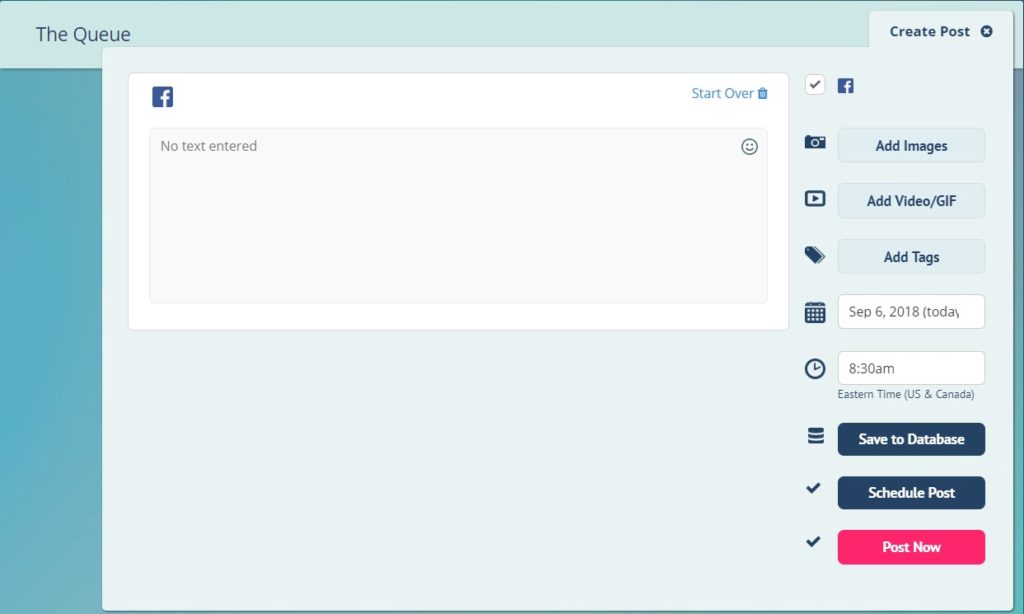
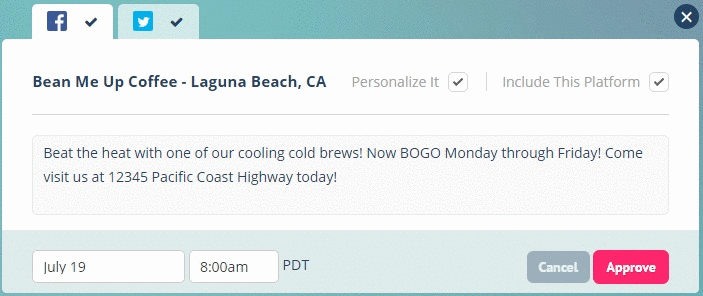 Repurposing content from other locations
Repurposing content from other locations
